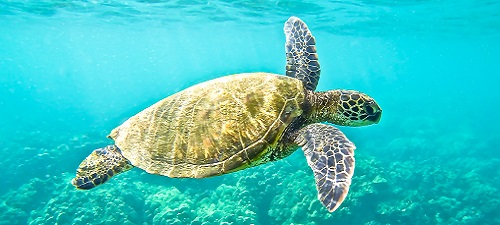
Sep 2, 2016 | Marine Animals, News, Wildlife Monitoring
Over 6893 marine sea turtles have been tracked with Argos since the beginning of the Argos system over 30 years ago. Like some other turtle species, Hawksbill sea turtle populations are in decline globally, due to illegal trading of turtle shells, hunting, bycatch in...
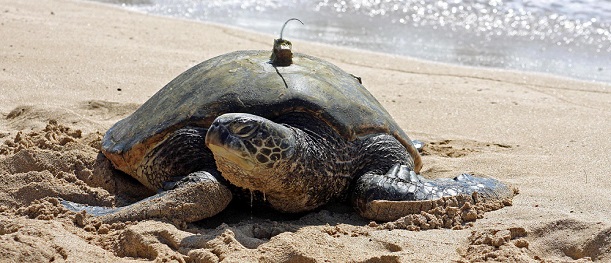
May 12, 2016 | News, Wildlife Monitoring
Are you an Argos user or a future Argos user in France? On October in Toulouse, CLS will host a one-day seminar for French Argos wildlife users, marking a significant milestone for the national tracking community. This one‑day event brings together researchers,...
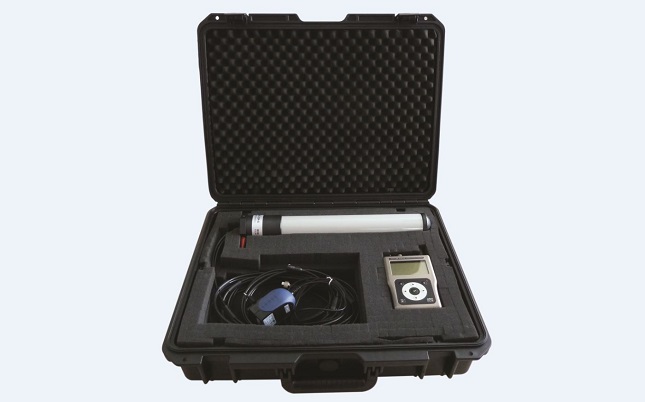
Mar 2, 2016 | Goniometer, News
The CLS goniometer helps users find active ARGOS platforms in the field. Depending on the altitude and the reception conditions the goniometer can detect all transmitting platforms within a radius of 100 km or more. It is a highly sensitive direction finder which...
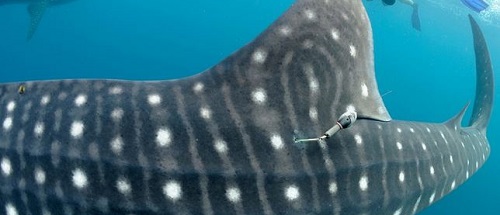
Mar 2, 2016 | Fish, News, Wildlife Monitoring
The first whale shark was tagged in the Gulf of Tadjoura, Djibouti, 2006. Two more followed in 2011. The Argos system allowed the association to track one of the whale shark until island of Socotra. While the other went up the Red Sea to face the coast of Yemen, where...
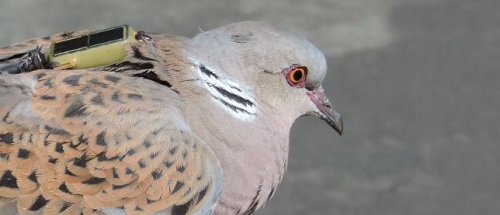
Feb 23, 2016 | Birds, News, Wildlife Monitoring
To know the precise location of staging areas and habitats are fundamental issues to better adapt future conservation measures that can be developed towards this species in decline. The arrival of the new Argos solar tags weighing only 2.5g will allow to provide...
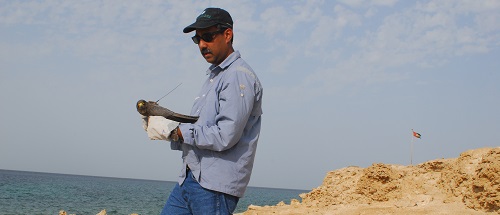
Feb 10, 2016 | Birds, News, Wildlife Monitoring
Dr. Salim Javed, Manager, Terrestrial Assessment and Conservation Section at Environment Agency – Abu Dhabi Dr. Salim Javed has undertaken and completed several important projects on birds including satellite tracking of Eurasian Cranes and Bar-headed geese in...







